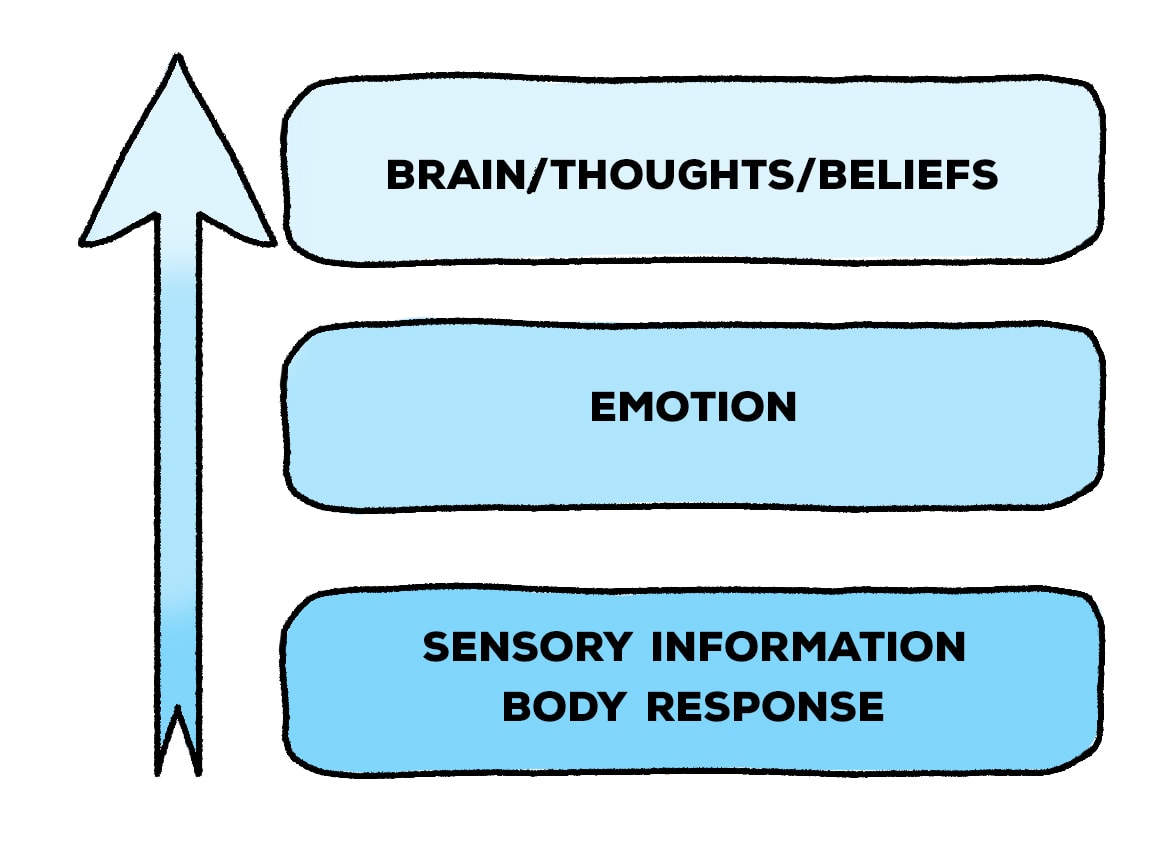Bottom-up Processing refers to the processing where stimuli are processed in a sequential manner from bottom to top. It begins with tiny details, and progresses up to more complex ideas. This is distinct from top-down processing , where we form an overall impression of the scene , and then seek out evidence to support this hypothesis. A visual processor of an urban street could initially have the impression that it is noisy, chaotic and filled with people. They might be looking for indicators to confirm this idea, such as people pushing past crowds or traffic noise coming in from nearby cars.

Bottom-up processing is more dependent on data, analytical and is extensively researched regarding cognitive processes like perception and memory. However, it also has the potential to play an important role in other aspects of our lives like decision making or creative pursuits like art or design. When utilized strategically and in the right way in the right way, bottom-up processing can lead to improved solution-finding and more insightful insights into complicated situations. Bottom-up processing, even though it has been criticized in academic circles, is extremely beneficial to understand the world around us and the inner workings of our bodies.
The intricate brain lies at the center of our thoughts actions, decisions, and thoughts. These complex brain processes play a crucial role in all aspects of our lives including memory and intelligence to mood and behaviour. Bottom-up processing is one of the most important mechanisms that influence brain functioning. Bottom-up processing describes how information is processed beginning at the nerve cell at the level of individual nerve cells and then moving upwards through neural pathways that are interconnected. It eventually affects more advanced cognitive functions, like attention or perception. Research has shown that this process has dramatic effects on phenomena like memory and learning, but it might also be extremely effective in treating disorders ranging from schizophrenia to Alzheimer’s disease. We may be able unlock some of these mysteries through understanding the brain’s mechanism from the bottom up. This will allow us to create new and powerful instruments for healthcare and neuroscience.
Bottom-up processing is how information is processed by the brain. Instead of top-down processing which is more concerned with incorporating expectations and previous knowledge into the learning process. Bottom-up processing is dependent on fresh and raw data. Bottom-up processing is a great way to learn for all levels of learners by focusing solely on certain aspects of the learning process. This covers vocabulary and the basic sounds and concepts, in addition to more advanced concepts and ideas.
Bottom-up processing provides one advantage it allows us to examine each piece of information as it is brought into the system, and also allow us to step back. This allows us to remain engaged and motivated to learn new concepts, develop existing ones, or spot possible areas for improvement. To better comprehend the details, we can also highlight how they connect through networks and logical chains. Engaging in a bottom-up approach can assist us to become more proficient learners and more efficient communicaters.
For more information, click Bottom up processing
